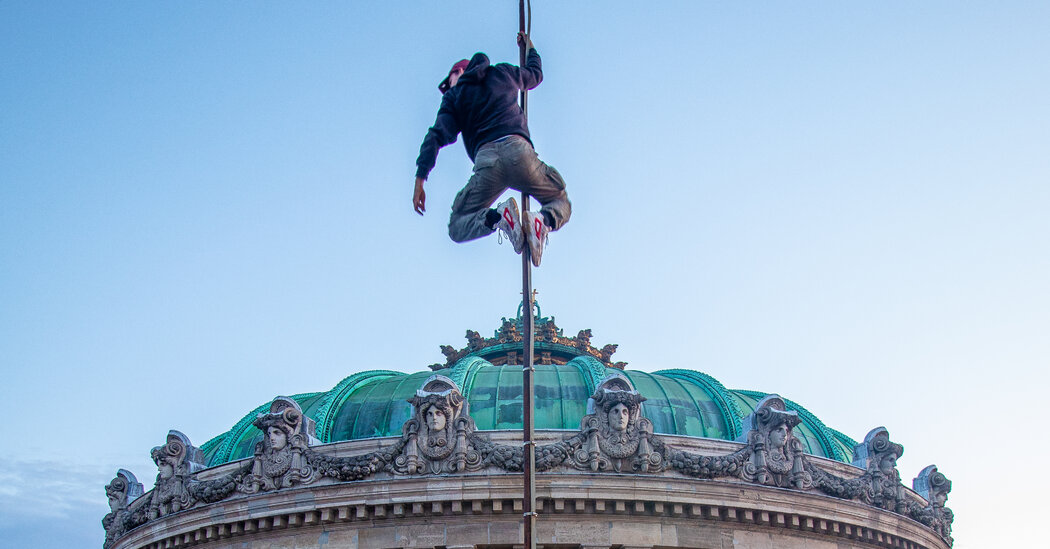Remi Lucidi, a sergeant in the French Army, died far from a battlefield. His body was found last week aside a Hong Kong skyscraper where he had been spotted near the rooftop.
In his spare time, Mr. Lucidi, 30, was a “rooftopper,” shorthand for someone who takes photos and selfies from the tops of tall buildings, sometimes by trespassing. After his death was reported, some Instagram users debated the value and purpose of his art, which involved clambering onto ledges and antennae in cities across Europe, Asia and the Middle East.
To friends and admirers, Mr. Lucidi’s spine-tingling photos were the work of a talented, restless adventurer. To his critics, they were a case study in reckless risk-taking.
That debate mirrors tensions within a broader movement called “urban exploration,” or “urbex,” one that is often associated with people who trespass in order to tell the stories of abandoned properties. Rooftopping is part of urbex, but many of its practitioners are more interested in producing social media content than in exploring marginal urban landscapes with a quasi-academic spirit.
In an extreme example, the Russian model Viki Odintcova dangled from a Dubai skyscraper without safety equipment. Her stunt generated more than 1.6 million views after she posted it on Instagram in 2017, and plenty of criticism.
“To Model Viki Odintcova: That Photo Was Really Not Worth Risking Your Life,” read the headline of a Forbes commentary. (She did not respond to a request for comment.) Several others around the world have died while rooftopping in recent years.
Criticism sometimes comes from within the urban-exploration movement. A prominent rooftooper, the Toronto-based photographer Neil Ta, quit the practice about a decade ago, saying that he had been disillusioned to see the pastime turn into a contest over who could take the most dangerous pictures. Other critics are urbex veterans who object to the rooftopping ethos.
“Rooftopping is focused more on the thrill and the experience of being in high, vertiginous and perilous locations, whereas urbex explores abandoned places in a way that is safer, more documentational and historical in nature,” HK Urbex, a collective of masked explorers in Hong Kong, said in a statement.
HK Urbex, whose members venture into abandoned or dangerous sites across the Chinese territory as a way of exploring its history, said that rooftoppers have died around the world from a combination of inexperience, overconfidence and…
Click Here to Read the Full Original Article at NYT > Travel…
